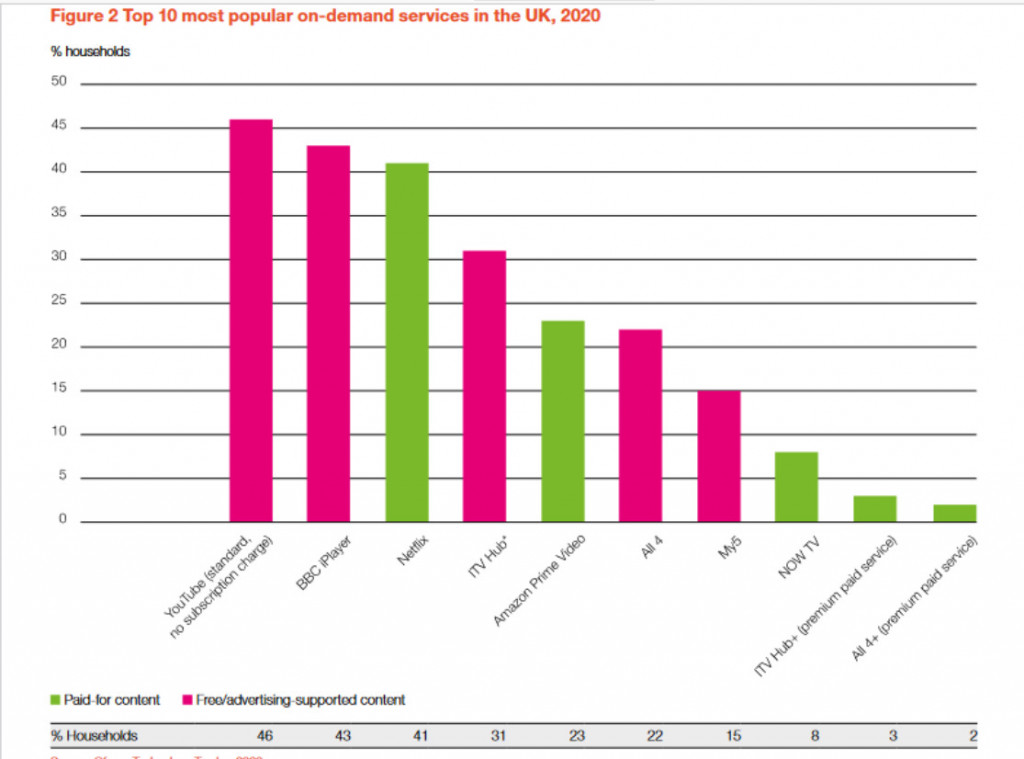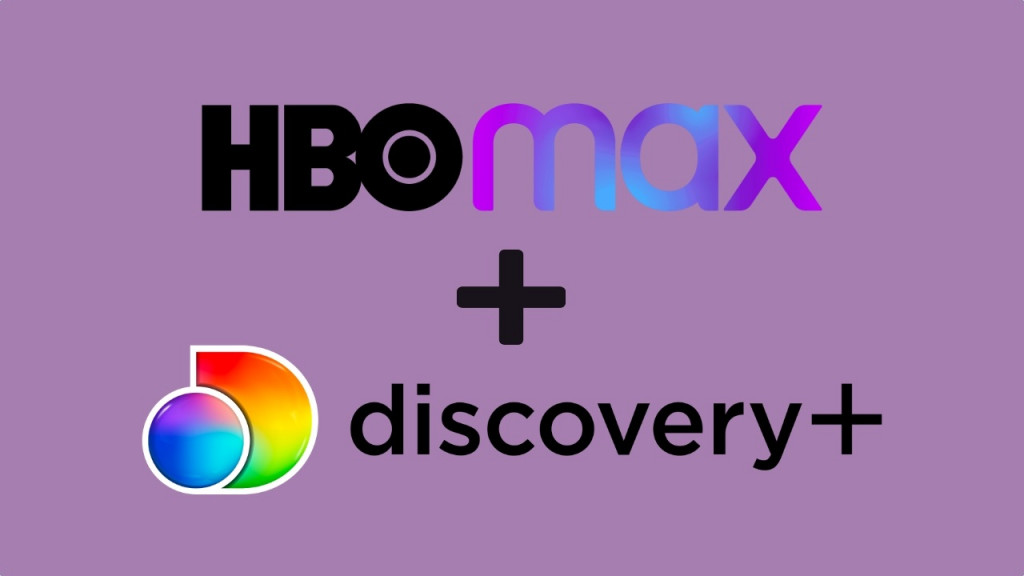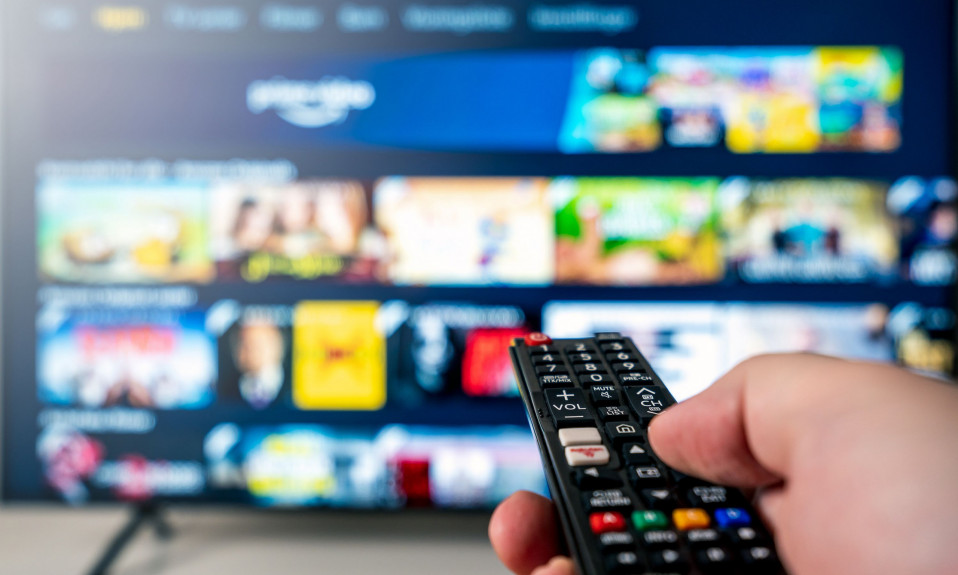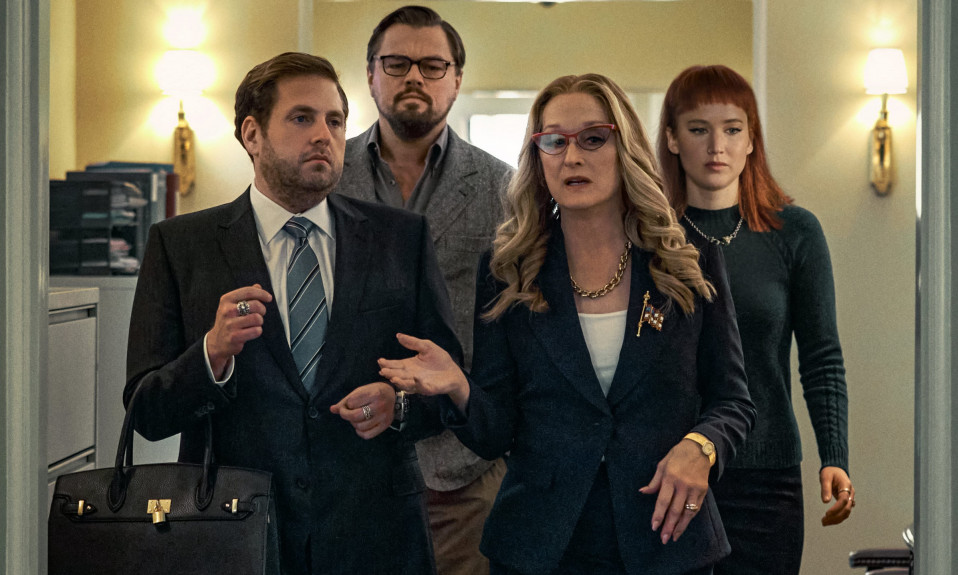Streaming services have, for many, replaced the likes of cable TV. You’re not beholden to a schedule, you can watch media at your convenience and you can watch a wide range of content. But are some of cable television’s problems starting to creep into the streaming space?
Today we’ll look at two factors (advertising and consolidation) that could in the future make streaming resemble the old cable television model.
Ads Will End In…
Streaming services supported by adverts are nothing new. Think of the likes of FreeVee, ITVHub, All4, Pluto TV, YouTube, etc., or the value apps available on smart TV sticks. But surprisingly big streaming players like Netflix are now moving to include a subscription tier on their service that allows you to watch their content for cheaper with adverts. Will audiences accept this shift?
Well, commercial advert-supported services like All4 and ITVHub have a firm foothold in the UK. According to an early 2022 Ofcom survey 45% of online adults/teens aged 13+ had used ITVHub/STV Player and 41% had used All4 in the past 3 months to watch films/tv shows. Outperforming all major SVoD brands except for Amazon Prime and Netflix. The BFI 2021 Statistical Yearbook also showed 31% of UK households using ITVHub and 22% using All4. So adverts don’t necessarily hinder viewer interest.

However, surveys like this one from Morning Consult indicate that a majority of streaming audiences hate this idea. Would this stop people from taking up Netflix’s advertiser-friendly model? Would advertising be seen as more egregious if introduced to a previously ad-free service? Possibly but in the midst of a cost of living crisis, the cheaper advertising-friendly option may prove very attractive.
And Then There Were Fewer
Advertising isn’t the only way streaming is starting to resemble cable TV. Warner Bros Discovery’s boss David Zaslav has announced the plan to merge HBO Max and Discovery+ into one platform in 2023. Consolidating Warner’s streaming service approach. With the aim of reaching around 130 million subscribers by 2025. A bigger market share than what HBO Max and Discovery+ currently have.

With all of Warner’s media available in one place, this move will undoubtedly provide convenience for potential customers. And the consolidation of technology assets could provide a better quality experience.
However, this merger of different streaming services into a single package resembles how media conglomerates consolidated the number of TV stations they owned which meant cable customers had to have specific network subscriptions in order to get what they wanted. If this move is taken up by other conglomerates it could have bad consequences for consumers as customers will be forced to pay for multiple services to access everything they want. It will mean less major media released on third-party services. Many companies would rather retain their projects as a selling point for their service. And if consolidated services gain market power due to their content access they could begin raising prices as they won’t have to worry about competing with rival services.
The New Cable TV?
With the success of advert-supported streaming services, the adoption of adverts by already established companies and the consolidation of streaming services owned by bigger companies the streaming market is slowly starting to resemble that of cable TV. These measures are undoubtedly being done to make these businesses more profitable and to increase their hold on the streaming market. And it does offer some benefits to consumers in terms of convenience. But it’s also driving customer-unfriendly practices. Ultimately we shall have to see how audiences react to these changes to see if streaming ends up becoming just like its predecessor.
Also Read: The New Hollywood: Streaming Giants













